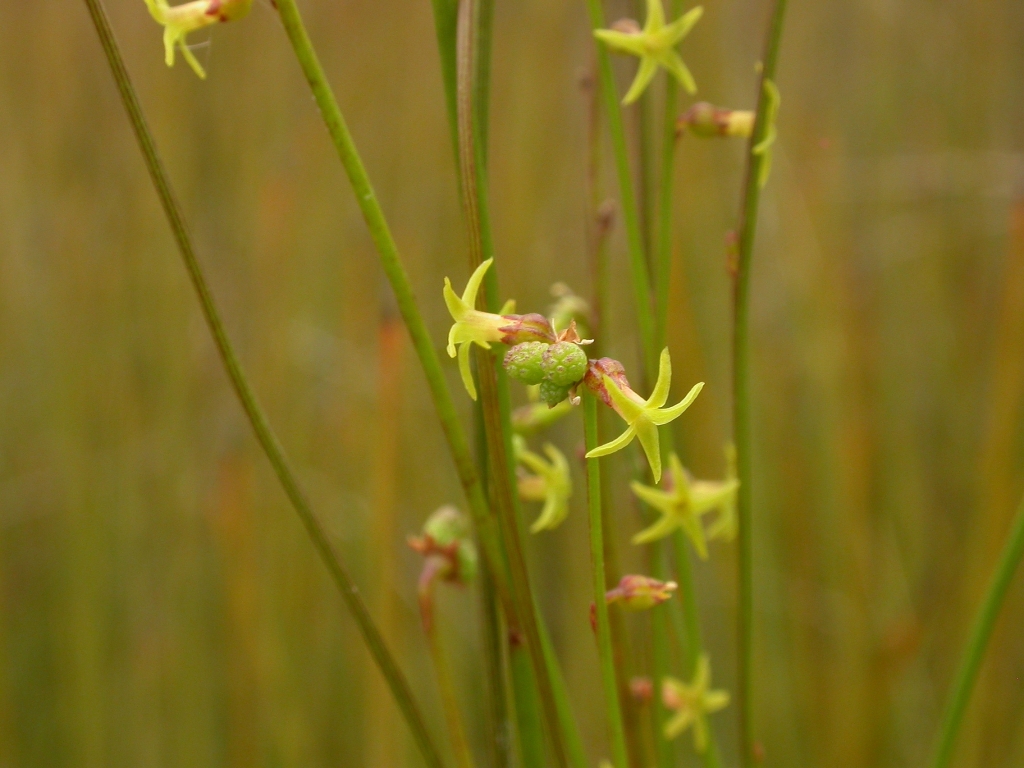Stackhousia nuda
Wiry StackhousiaBot. Reg. 22, footnote to t. 1917 (t. labelled 1916 in error) (1836)
Taxonomic status
Accepted
Occurrence status
Present
Origin
Native
Degree of establishment
Native
Threat status
FFG:
Vulnerable (VU)



